Hydraulic Roller vs. Flat Tappet Camshafts: Which is Right for You?
Hydraulic Roller vs. Flat Tappet Camshafts: Which is Right for You?
When building or upgrading an engine, choosing the right camshaft is a critical decision. Your choice between a hydraulic roller camshaft and a flat tappet camshaft can significantly impact engine performance, reliability, and maintenance requirements. In this guide, we’ll compare these two camshaft types, highlight their pros and cons, and help you decide which one best fits your needs.
What is a Camshaft and Why is it Important?
A camshaft is a rotating shaft that controls the timing and movement of the engine’s intake and exhaust valves. It plays a critical role in determining:
- Power Output
- Fuel Efficiency
- Engine Longevity
The type of camshaft—hydraulic roller or flat tappet—affects valve timing precision, durability, and engine wear over time.
Hydraulic Roller Camshafts: Overview, Pros & Cons
What is a Hydraulic Roller Camshaft?
A hydraulic roller camshaft uses roller lifters equipped with a small wheel at the bottom. This wheel rolls along the cam lobe, reducing friction and wear.
✅ Advantages of Hydraulic Roller Camshafts:
- Reduced Friction: Roller lifters reduce metal-to-metal contact, minimizing wear.
- Better Performance at Higher RPMs: Improved valve timing accuracy.
- Increased Longevity: More durable and longer-lasting.
- Improved Oiling: Better oil distribution reduces heat and wear.
❌ Disadvantages of Hydraulic Roller Camshafts:
- Cost: Generally more expensive than flat tappet camshafts.
- Complex Installation: May require additional components for retrofit installations.
- Weight: Slightly heavier than flat tappet systems.
Best For:
- High-performance street engines
- Racing engines requiring high RPM stability
- Engines requiring longevity and reduced maintenance
Internal Link: [Explore Our Hydraulic Roller Camshaft Collection]
Flat Tappet Camshafts: Overview, Pros & Cons
What is a Flat Tappet Camshaft?
A flat tappet camshaft uses lifters with a flat bottom that makes contact with the camshaft lobes. These are often found in older engines or budget-friendly builds.
✅ Advantages of Flat Tappet Camshafts:
- Affordable: Generally less expensive than hydraulic roller camshafts.
- Easier Installation: Compatible with older engine designs.
- Widely Available: Readily accessible for classic car restorations.
❌ Disadvantages of Flat Tappet Camshafts:
- Increased Wear Over Time: Metal-to-metal contact leads to higher friction.
- Break-In Period Required: Needs proper oiling during the break-in process.
- Limited RPM Capability: Less stable at higher RPMs.
Best For:
- Budget engine builds
- Classic or vintage car restorations
- Applications where high RPM stability isn’t a priority
Internal Link: [Browse Our Flat Tappet Camshaft Selection]
Key Differences Between Hydraulic Roller and Flat Tappet Camshafts
| Feature | Hydraulic Roller Camshaft | Flat Tappet Camshaft |
|---|---|---|
| Lifter Design | Roller wheel at lifter base | Flat-bottom lifter |
| Friction Level | Low | High |
| Durability | Longer lifespan | Prone to wear over time |
| Performance at High RPMs | Excellent | Limited |
| Cost | Higher | Lower |
| Installation Complexity | More complex | Easier |
| Best Use Case | Performance builds | Budget or classic builds |
Internal Link: [Read More About Engine Camshafts and Performance Upgrades]
How to Choose Between Hydraulic Roller and Flat Tappet Camshafts
✅ 1. Identify Your Engine’s Purpose
- Street Performance: Hydraulic roller camshafts offer better reliability and power.
- Classic Restorations: Flat tappet camshafts maintain vintage authenticity.
- High RPM Applications: Hydraulic roller camshafts excel under heavy performance loads.
✅ 2. Evaluate Your Budget
- Flat tappet camshafts are more cost-effective.
- Hydraulic roller camshafts require a higher initial investment but offer long-term savings on maintenance.
✅ 3. Consider Maintenance Requirements
- Hydraulic roller camshafts are low-maintenance.
- Flat tappet camshafts require regular oil changes and proper break-in procedures.
Internal Link: [Get Expert Advice on Choosing Your Camshaft]
Common Myths About Camshafts Debunked
Myth 1: Hydraulic Roller Camshafts Are Only for High-Performance Engines
- Reality: They are suitable for both daily drivers and performance engines.
Myth 2: Flat Tappet Camshafts Are Outdated
- Reality: They are still widely used in vintage and budget builds.
Myth 3: Switching Camshafts is Always Expensive
- Reality: The cost depends on your engine type and specific goals.
Installation and Maintenance Tips
🛠️ Hydraulic Roller Camshaft Installation Tips:
- Ensure the lifters are properly aligned.
- Use high-quality camshaft installation tools.
- Follow manufacturer torque specifications.
🛠️ Flat Tappet Camshaft Installation Tips:
- Use a zinc-rich break-in oil.
- Follow a strict break-in procedure.
- Regularly inspect for wear on cam lobes and lifters.
External Link: [Guide to Proper Camshaft Installation]
Internal Link: [Shop Camshaft Accessories for Your Build]
Final Verdict: Which Camshaft is Right for You?
Choose Hydraulic Roller Camshafts If:
- You want high performance and reliability.
- Budget is less of a concern.
- You’re building an engine for consistent high-RPM performance.
Choose Flat Tappet Camshafts If:
- You’re working with a tight budget.
- Restoring a classic engine.
- Your engine operates under moderate RPM conditions.
Ready to Upgrade Your Camshaft?
At X Factors Motors Sports, we offer a wide selection of hydraulic roller and flat tappet camshafts to suit every build and budget. Whether you’re building a high-performance race car or restoring a classic beauty, we have the perfect camshaft for your engine.
🛒 Browse Camshafts Now| 📞 Contact Our Experts Today for Personalized Assistance
X Factors Motors Sports – Power, Precision, Performance. 🚗💨


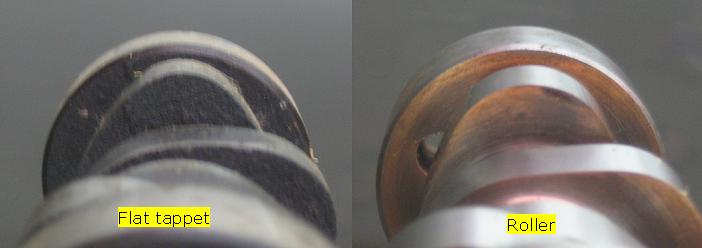
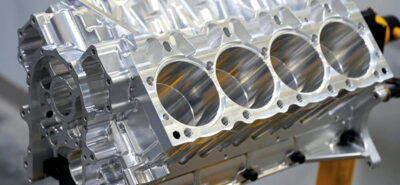
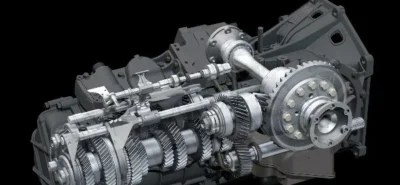
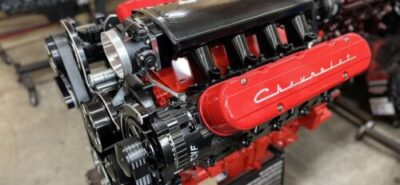
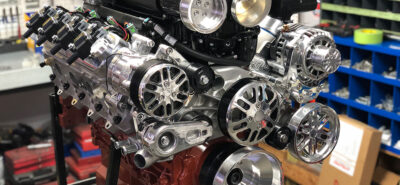
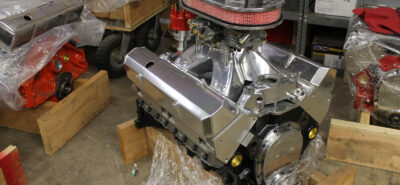

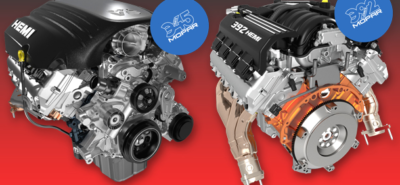
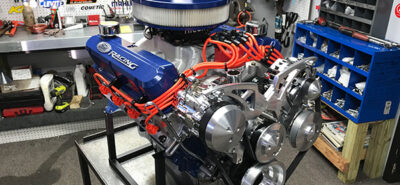
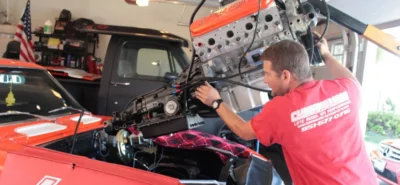
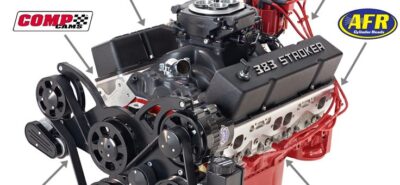
LEAVE A COMMENT